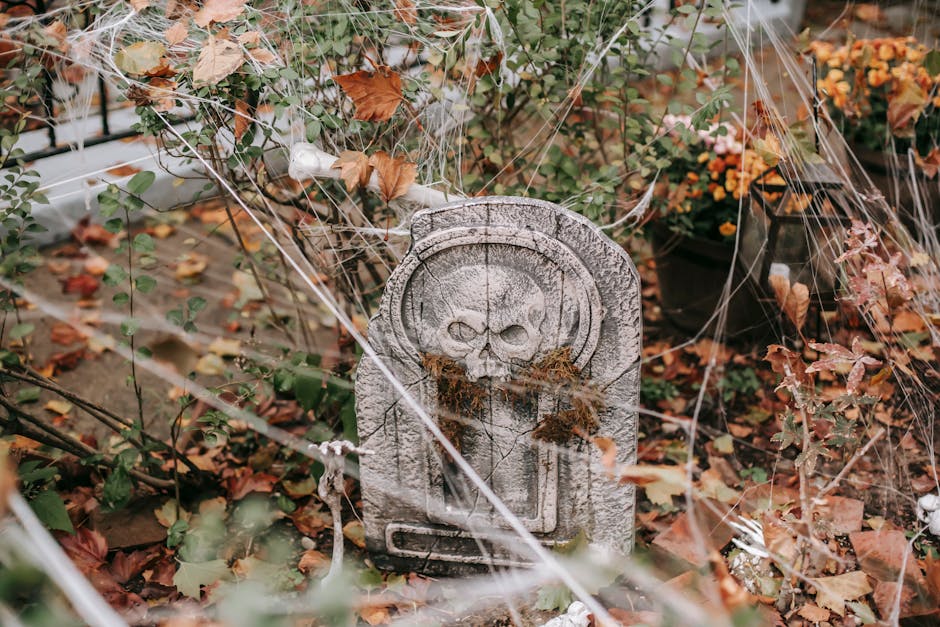Understanding the Basics of Young Plants
Understanding the Basics of Young Plants
Blog Article

Young plants are a delightful addition to any garden or home, embodying the promise of growth and the beauty of nature. These vibrant newcomers not only enhance the aesthetic appeal of our spaces but also bring a sense of joy and accomplishment as we nurture them from small seedlings into flourishing plants. Understanding how to care for young plants is essential for any gardening enthusiast, whether you are a beginner or have experience. This guide will cover the basics of young plant care, highlight popular types suitable for newcomers, suggest where to find healthy young plants, and address common challenges with practical solutions.
Understanding the Basics of Young Plants
Young plants, or seedlings, are in the early stages of growth, typically characterized by their tender leaves and delicate stems. At this stage, they are highly vulnerable and require specific care to thrive. Key factors that influence the health of young plants include light, water, and soil quality. Ensuring that your young plants receive the right amount of these fundamental elements will set the foundation for their growth.
Essential Care Tips for Young Plants
Proper care for young plants is crucial to ensure they develop strong roots and healthy foliage. Here are some essential tips:
Watering
young seedlings need consistent moisture but are susceptible to overwatering. It is important to water them regularly, allowing the top inch of soil to dry out between waterings. Use a gentle spray or a watering can with a fine spout to avoid displacing the soil or damaging delicate roots.
Light
Light is vital for photosynthesis, which fuels plant growth. Young plants generally require bright, indirect light. Placing them near a window where they can receive filtered sunlight is ideal. If natural light is insufficient, consider using grow lights to supplement their needs.
Soil
Choosing the right soil is also important for young plants. A well-draining potting mix that retains moisture without becoming waterlogged is ideal. Look for soil specifically formulated for seedlings, as it often contains the necessary nutrients to support their growth.
Popular Types of Young Plants for Beginners
When starting your gardening journey, choosing the right young plants can make a significant difference. Here are some popular types that are known for their ease of care:
Herbs
Herbs like basil, cilantro, and parsley are fantastic options for beginners. They grow quickly and can be used in cooking, making them both practical and enjoyable to cultivate.
Succulents
Succulents are another excellent choice due to their low maintenance requirements. Varieties such as jade plants and aloe vera thrive with minimal watering and can adapt to various light conditions.
Flowering Plants
Marigolds and petunias are vibrant flowering plants that are easy to grow from young seedlings. They add color to gardens and attract beneficial insects, enhancing the overall ecosystem.
Where to Buy Healthy Young Plants
Finding healthy young plants is essential for successful gardening. Local nurseries and garden centers often have a wide selection of plants and knowledgeable staff that can provide valuable advice. Farmers' markets can also be great places to find young seedlings directly from local growers. For those who prefer online shopping, numerous reputable websites specialize in young plants, offering a variety that can be delivered directly to your doorstep. One option to consider is this resource, which provides an array of young plants suitable for various gardening needs.
Common Challenges and Solutions in Growing Young Plants
Even with the best care, challenges may arise when growing young plants. Here are some common issues and their solutions:
Pests
Young plants can attract pests like aphids and spider mites. Regularly inspect your plants and use insecticidal soap or neem oil to manage infestations.
Fungal Diseases
Overwatering can lead to fungal diseases such as damping-off, which affects seedlings' ability to grow. To prevent this, ensure proper drainage and avoid watering until the soil dries out.
Stunted Growth
If young plants seem to be growing slowly, check their light and nutrient levels. Adjusting their environment and ensuring they have access to appropriate nutrients can encourage healthier growth.
By understanding the basics of young plants and implementing effective care techniques, you can cultivate a thriving garden that brings joy and beauty to your space. With patience and attention, your young seedlings will flourish, becoming robust plants that enhance your environment for years to come.
Report this page